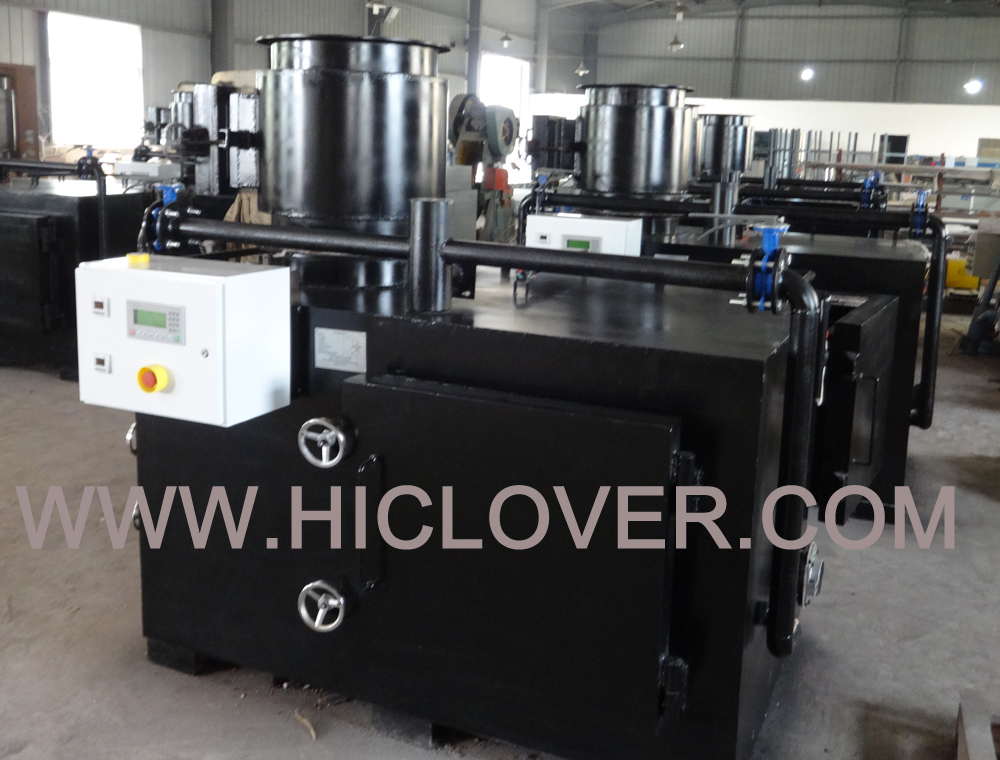Incineration facilities play a crucial role in Japan’s waste management strategy, helping the country to effectively manage its waste and minimize the impact of waste on the environment. With limited space for landfills and a growing population, incineration has become an essential method for managing waste in Japan.
Japan has a long history of using incineration facilities to manage its waste. The first incineration plant was built in the early 20th century, and since then, the country has developed advanced technologies and strict regulations to ensure that incineration is carried out in an environmentally friendly and efficient manner.
One of the key reasons why incineration facilities are so important in Japan’s waste management strategy is the country’s limited space for landfills. Japan is a densely populated country with limited land available for waste disposal. As a result, incineration has become a key method for reducing the volume of waste that needs to be landfilled.
In addition to reducing the volume of waste, incineration also helps to generate energy. Many incineration facilities in Japan are equipped with waste-to-energy technology, which allows them to convert waste into electricity and heat. This not only reduces the need for fossil fuel-based energy sources but also helps to offset the energy used in the incineration process.
Furthermore, incineration facilities in Japan are subject to strict emissions regulations. The government has implemented strict guidelines to ensure that incineration does not harm the environment or public health. Modern incineration facilities utilize advanced technology to reduce emissions, such as the installation of air pollution control devices that capture harmful pollutants before they are released into the atmosphere.
The role of incineration facilities in Japan’s waste management strategy goes beyond simply reducing the volume of waste. These facilities also play a critical role in the recycling process. After incineration, the remaining ash is carefully processed to separate and recycle any valuable materials, such as metals. This helps to ensure that as much of the waste as possible is diverted from landfills and put to good use.
While incineration has proven to be a valuable tool in Japan’s waste management strategy, it is important to note that it is not the only solution. The Japanese government has also prioritized waste reduction, recycling, and composting as part of its waste management strategy. However, incineration has proven to be an important component of the overall strategy, helping to manage waste in a sustainable and environmentally friendly manner.
In conclusion, incineration facilities play a crucial role in Japan’s waste management strategy. They help to reduce the volume of waste, generate energy, and ensure that as much of the waste as possible is diverted from landfills. With the country’s limited space for landfills and a growing population, incineration has become an essential method for managing waste in Japan. As the country continues to prioritize sustainability and environmental protection, the role of incineration facilities is likely to remain integral to Japan’s waste management strategy in the future.



